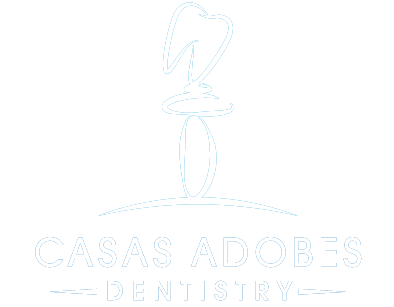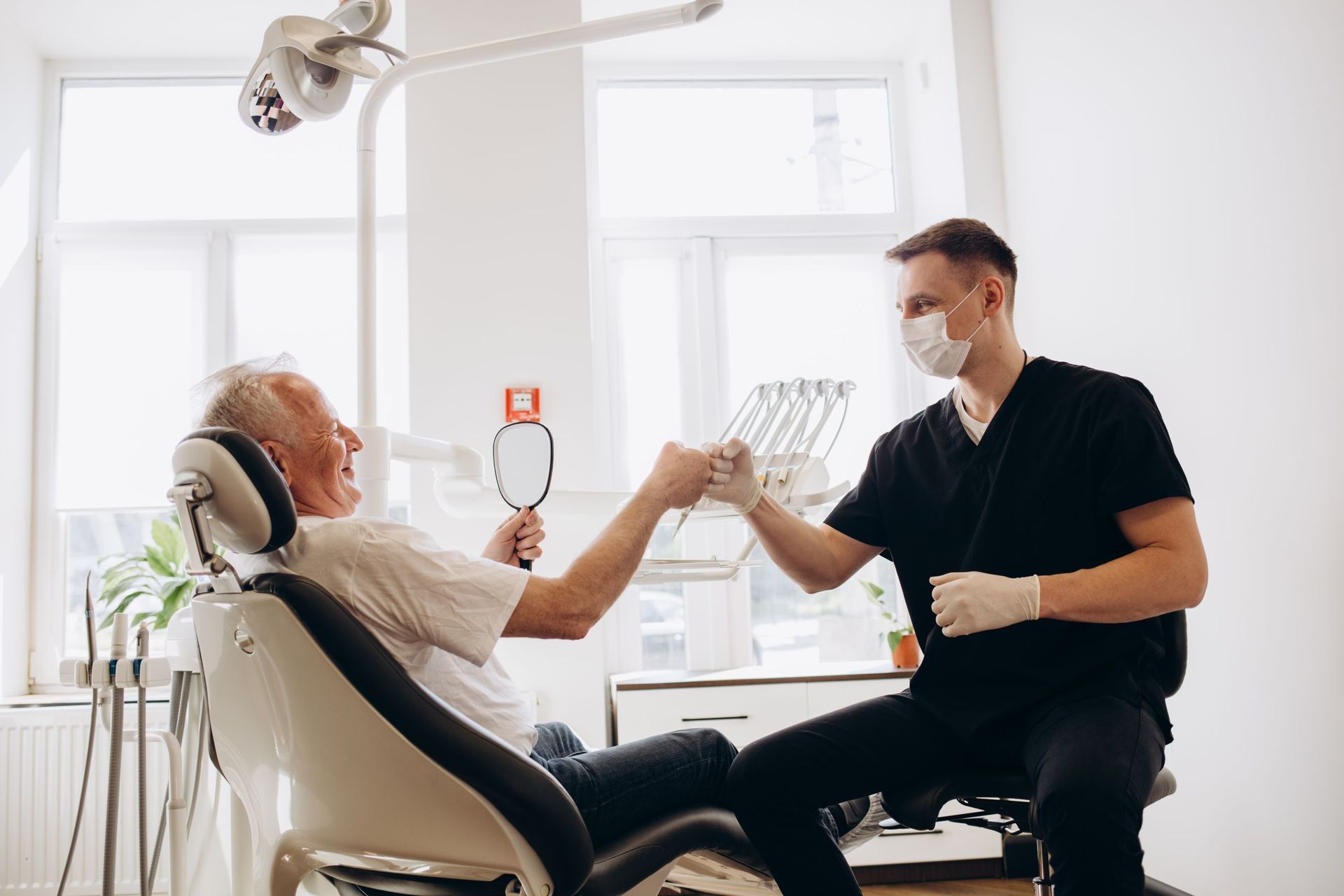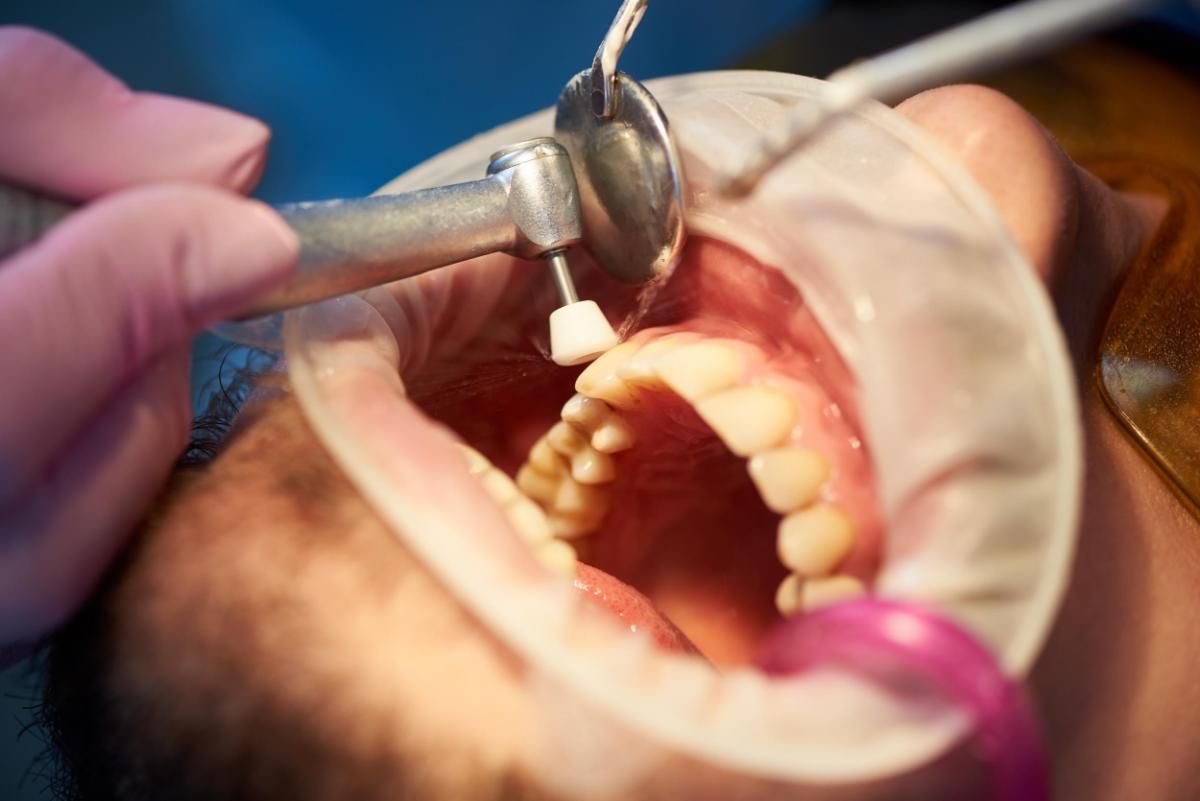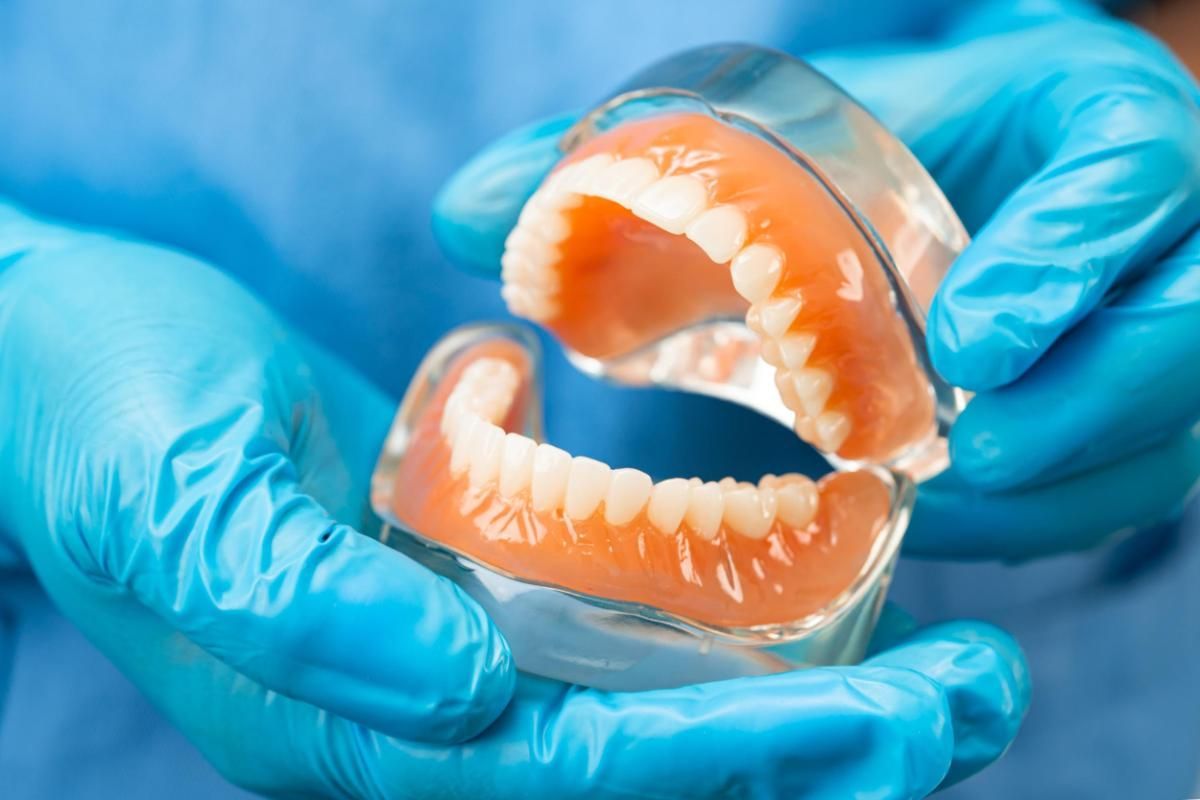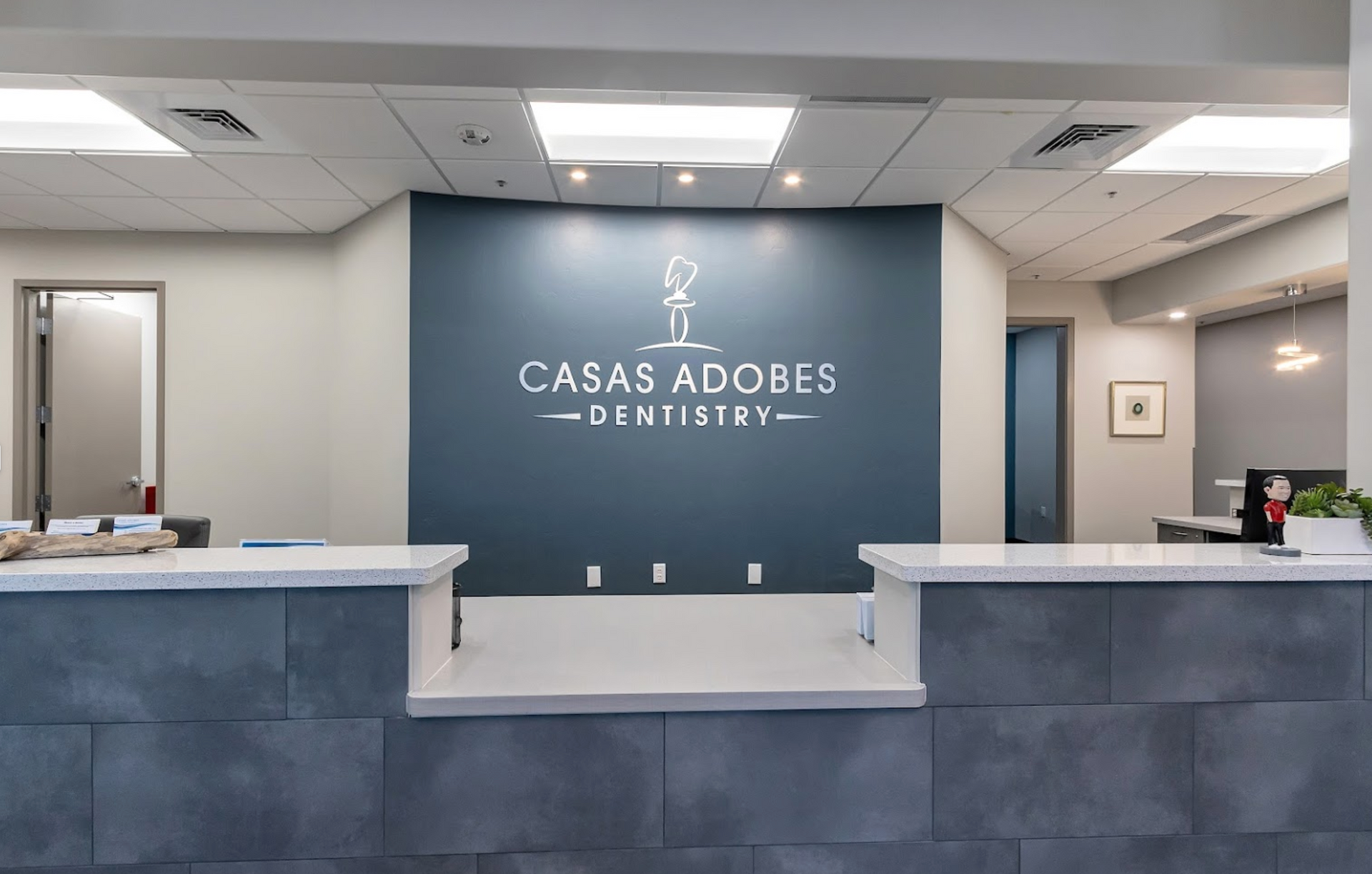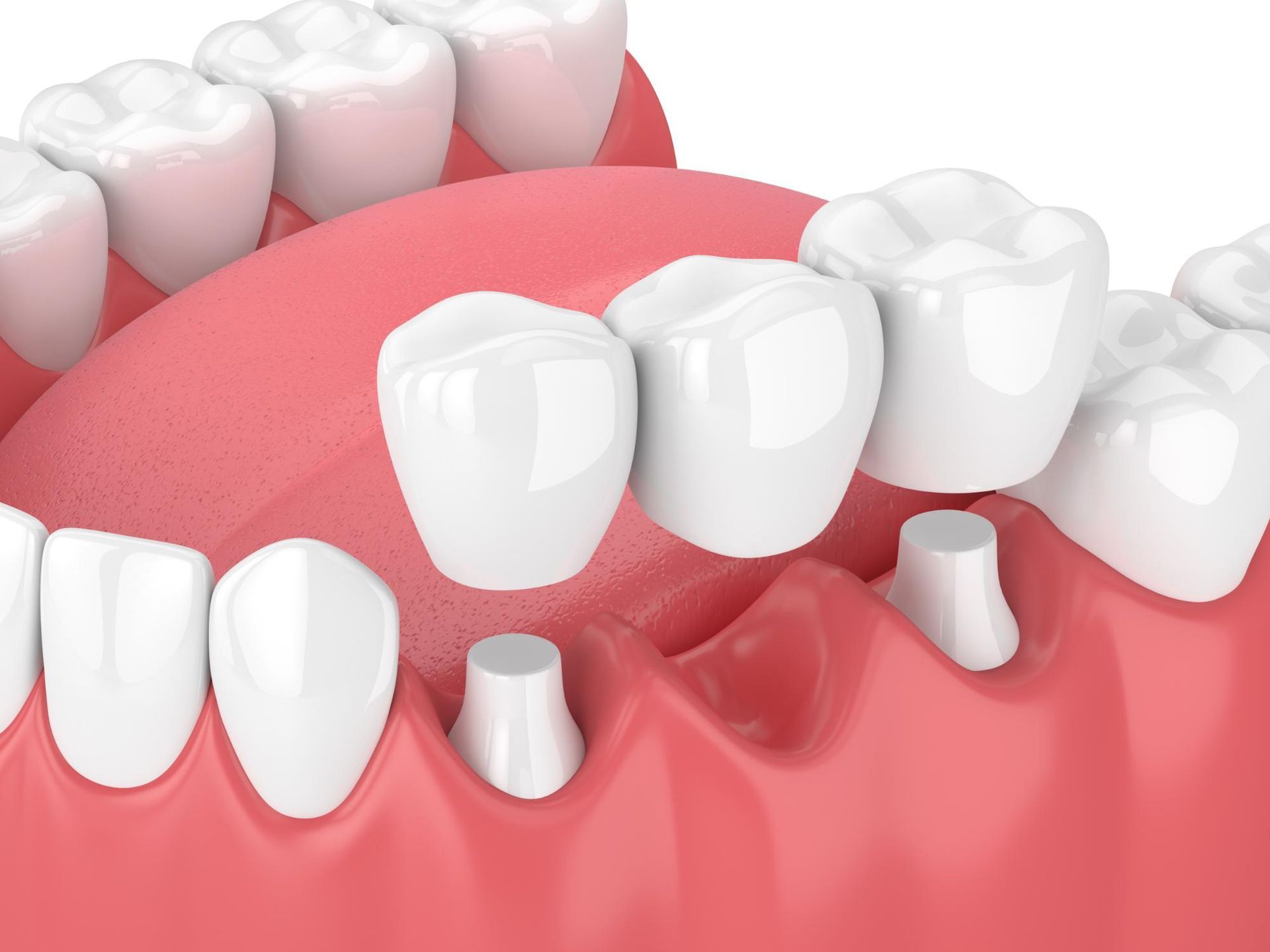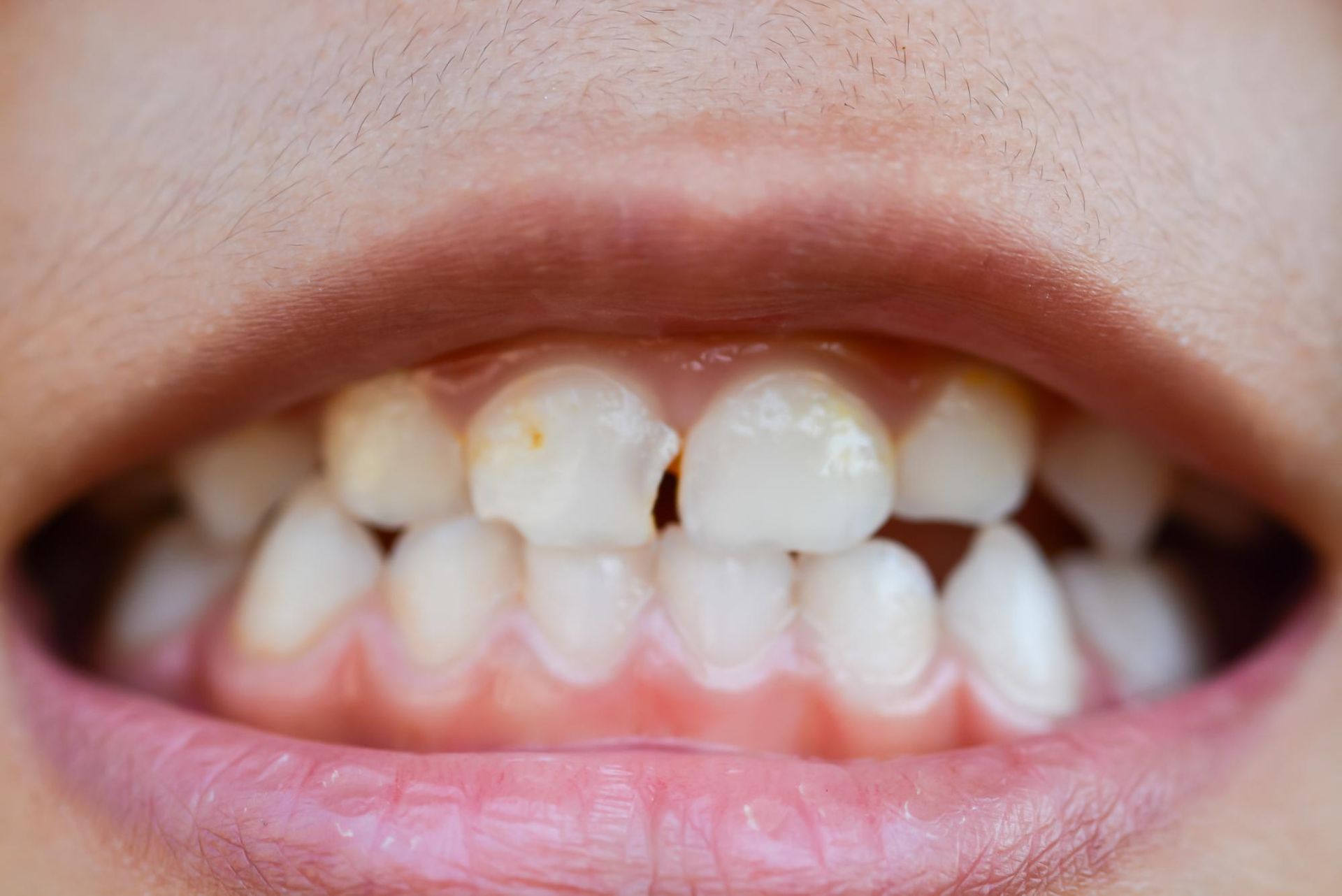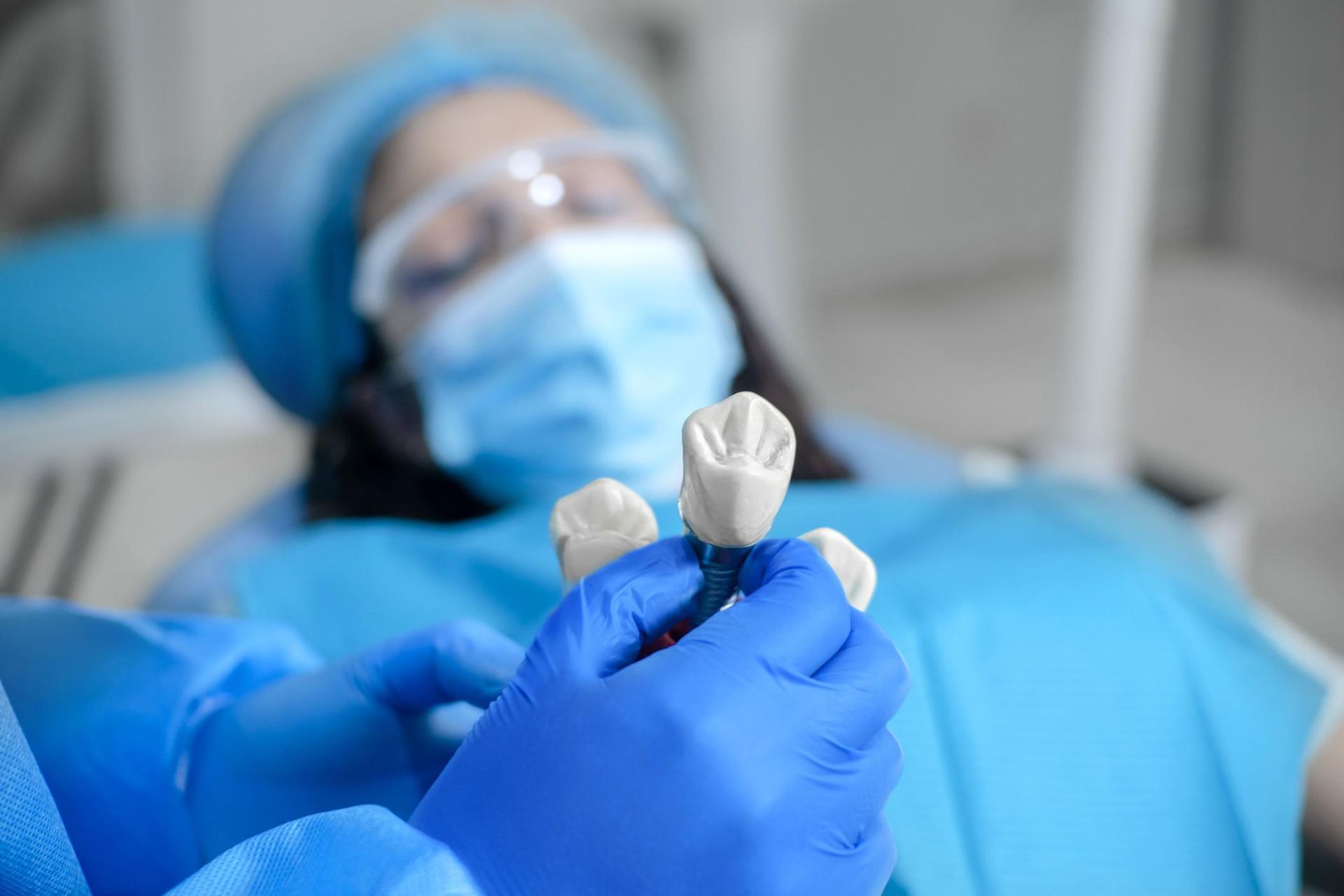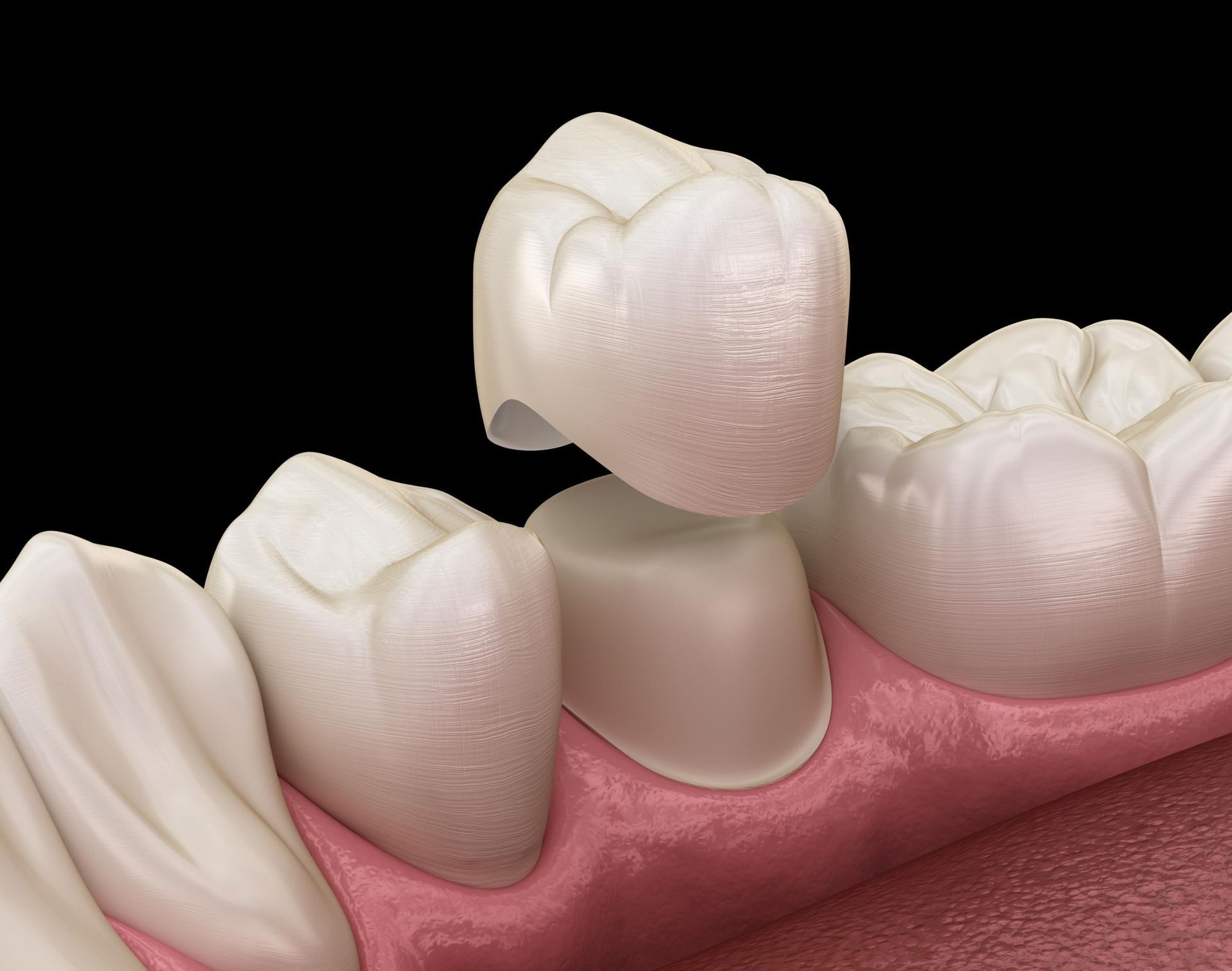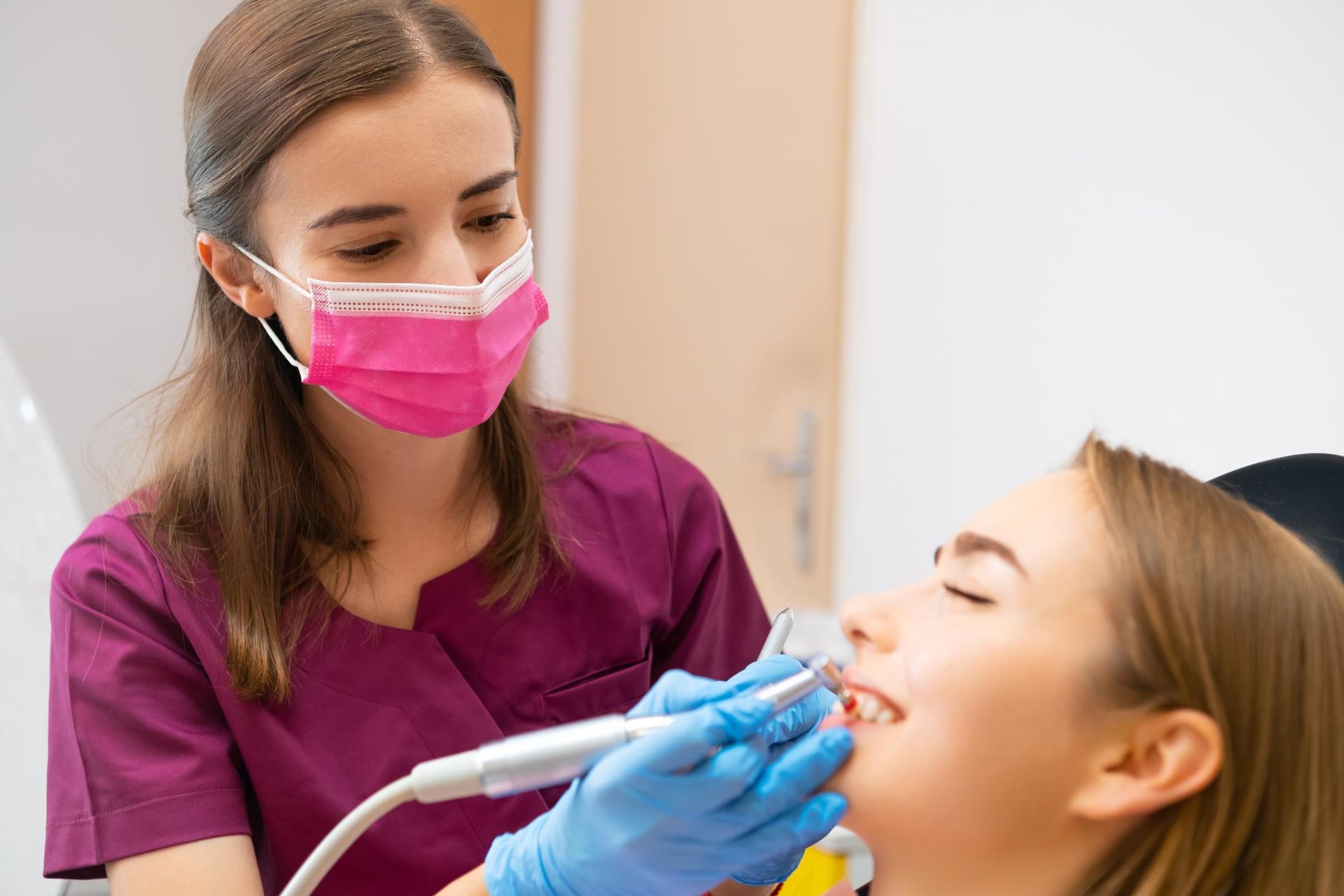(520) 365-0559
7520 N Oracle Rd Suite 200, Tucson, AZ 85704
Serving all of Tucson & Surrounding Areas
Effective Solutions for Teeth with Roots Exposed: Causes, Symptoms, and Treatments

Worried about teeth with roots exposed? You’re not alone. This condition can be uncomfortable, but understanding the causes and solutions is key. In this article, we’ll discuss why roots become exposed, how to recognize the symptoms, and effective treatments to protect your dental health.
Key Takeaways
- Exposed tooth roots can result from gum disease, injuries, or misaligned teeth, leading to increased sensitivity and risk of decay.
- Recognizing symptoms such as tooth sensitivity, bleeding gums, and persistent bad breath is crucial for early intervention to prevent complications.
- Preventive measures like good oral hygiene, gentle brushing techniques, and regular dental visits can significantly reduce the risk of exposed tooth roots.
Understanding Teeth with Roots Exposed
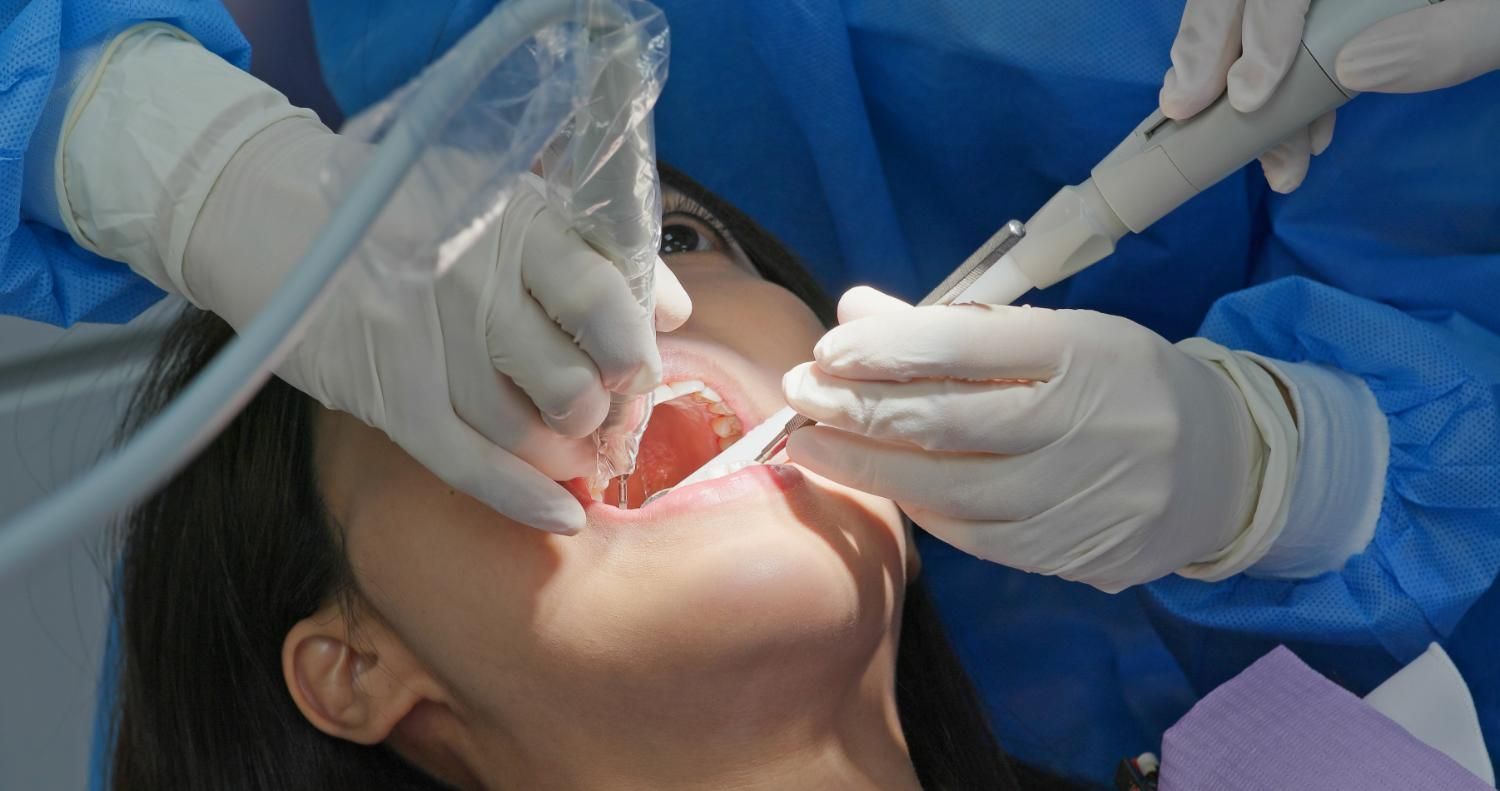
Teeth are marvels of biological engineering, consisting of two main parts: the crown and the root. The crown is the visible part above the gum line, while the root anchors the tooth to the jawbone, providing essential support. When the gums recede, they reveal the tooth roots, which can lead to numerous dental issues.
The connection between receding gums and exposed roots is significant. As gums pull away, the softer cementum covering the roots becomes vulnerable to erosion and decay. This exposure can cause tooth sensitivity, increase the risk of tooth decay, and, if left untreated, result in tooth loss.
Understanding the structure and function of tooth roots helps in recognizing the importance of addressing this condition promptly.
Common Causes of Exposed Tooth Roots
Several factors can lead to exposed tooth roots, with gum disease, injuries, and misaligned teeth being the most common. Each of these causes contributes differently to tooth root exposure, but the end result is the same: increased vulnerability to dental problems.
Understanding these causes can help in taking preventive measures and seeking appropriate treatment.
Gum Disease
Gum disease, especially in its advanced stages, is a primary cause of exposed tooth roots. It starts with gingivitis, characterized by inflammation and bleeding gums, and can progress to periodontal disease if left untreated. Periodontitis involves the breakdown of gum tissue and the deterioration of the periodontal ligaments that support the teeth. This progression leads to significant gum recession, exposing the root surfaces.
Symptoms such as excessive gum bleeding and blood in saliva often indicate advanced gum disease. Chronic gum disease can result in tooth loss and other serious complications if not addressed promptly. Therefore, maintaining good oral hygiene and regular dental visits are crucial in preventing and managing gum disease.
Injuries to the Gum Tissue
Injuries to the gum tissue, whether from trauma or dental procedures, can also lead to exposed tooth roots. When gum tissue is damaged, it can recede, exposing the roots and increasing the risk of decay and sensitivity. Immediate dental care is essential if an injury results in an exposed tooth root.
To manage discomfort before seeing a dentist, rinse with warm water and apply a cold compress to the affected area. Avoid touching the exposed root to prevent further damage.
Prompt treatment of gum injuries can help mitigate the risk of long-term complications such as tooth loss.
Misaligned Teeth
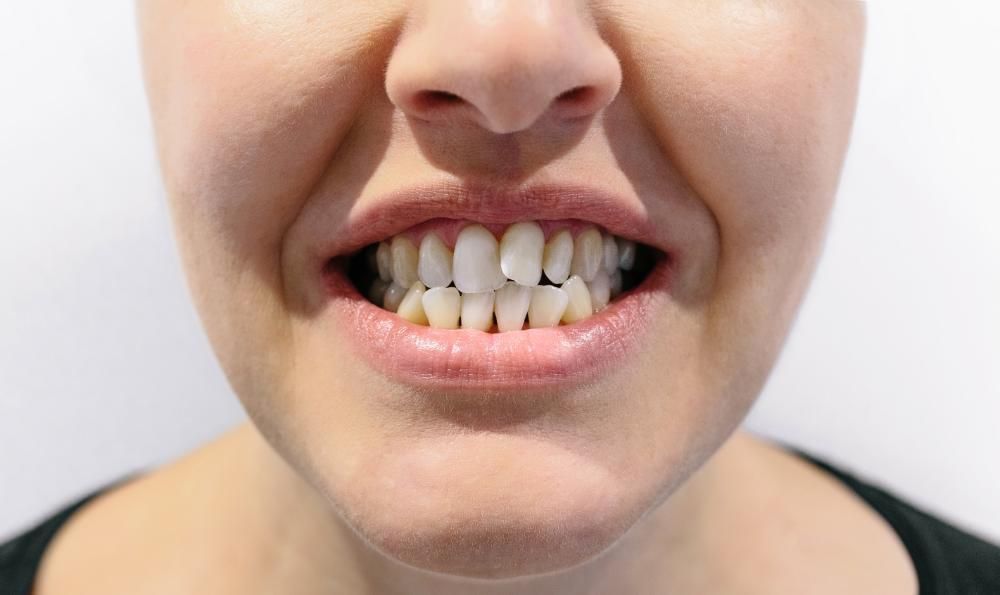
Misaligned teeth are another significant cause of exposed tooth roots. When teeth are not properly aligned, they can cause uneven pressure on the gums, leading to gum recession. This misalignment can also make it difficult to maintain good oral hygiene, further exacerbating the problem.
Addressing misalignment through orthodontic treatment is crucial in preventing further gum recession and root exposure. Regular dental visits can help monitor the alignment of teeth and provide timely interventions to keep your teeth healthy and gums protected.
Recognizing Symptoms of Exposed Tooth Roots
Recognizing the symptoms of exposed tooth roots is the first step in seeking appropriate treatment. Common signs include tooth sensitivity, bleeding gums, and persistent bad breath. Being aware of these symptoms can help you address the issue early and prevent further complications.
Tooth Sensitivity

Tooth sensitivity is frequently the most noticeable sign of an exposed tooth root. It is a common issue that many people experience. It manifests as sharp pain when consuming hot, cold, or sweet foods. This discomfort occurs because the dentin and nerve pulp, which are usually protected by the gum tissue, become exposed to external stimuli.
Managing tooth sensitivity involves using desensitizing toothpaste, avoiding extremely hot or cold foods, and seeking dental advice for proper treatment.
If you experience sharp pains triggered by temperature changes, it’s a strong indication that you might have an exposed tooth root and should consult a dentist immediately.
Bleeding Gums
Bleeding gums during brushing or flossing can signal the presence of exposed tooth roots. Swollen gums around exposed roots are more prone to bleeding, indicating potential gum disease or other oral health issues. This symptom should not be ignored, as it may lead to more severe conditions if left untreated.
If you notice bleeding gum tissue around an exposed tooth root, it is imperative to see your dentist immediately. Early intervention can prevent further damage and help maintain healthy gums.
Regular dental visits and good oral hygiene practices are essential in managing and preventing bleeding gums.
Persistent Bad Breath

Persistent bad breath is another symptom associated with exposed tooth roots. Bacterial buildup around exposed roots can cause bad breath, highlighting the need for proper oral hygiene and professional dental care. This issue is not only a social concern but also an indicator of underlying dental problems.
Addressing bad breath involves thorough cleaning of the teeth and gums, including areas around exposed roots. Regular brushing, flossing, and dental checkups can help keep your breath fresh and prevent further oral health issues.
Preventive Measures for Avoiding Exposed Tooth Roots
These preventive measures can significantly reduce the risk of exposed roots and help maintain overall oral health.
Good Oral Hygiene Practices
Good oral hygiene is vital to prevent exposed tooth roots. Brush at least twice a day with fluoride toothpaste to strengthen enamel and guard against cavities. Use gentle brushing techniques to avoid gum damage.
Daily flossing removes plaque between teeth, maintaining gum health. A soft-bristled toothbrush used at a 45-degree angle can clean teeth and gums effectively without irritation. Consistent oral care practices greatly reduce the risk of tooth root exposure.
Regular Dental Visits
Regular dental visits help prevent exposed tooth roots. Visit the dentist for cleanings and checkups every six months to catch gum disease early and prevent root exposure.
Immediate dental care is necessary after any injury that exposes tooth roots. Routine visits help address potential issues early, maintaining healthy teeth and gums.
Avoiding Aggressive Brushing

Aggressive brushing leads to gum recession and exposed roots. Use a soft-bristled toothbrush and gentle pressure to prevent gum damage and maintain oral health. Gentle brushing techniques are key to healthy gums.
Dental visits assess gum health and detect issues from aggressive brushing. Adopting gentle brushing habits and regular dental care can prevent gum recession and protect tooth roots.
Treatment Options for Exposed Tooth Roots
Treatment options for exposed tooth roots include root canal therapy, gum grafting, and dental implants. The choice of treatment depends on the severity of the condition.
Root Canal Therapy
Root canal therapy treats infections related to exposed roots by removing infected pulp, cleaning, disinfecting, and sealing the tooth, thus eliminating infections and alleviating pain.
A dental crown may be placed over the tooth after root canal therapy for added protection. This treatment is useful for early-stage gum disease affecting exposed roots, keeping the tooth healthy and functional.
Gum Grafting
Gum grafting treats severely exposed roots by transferring healthy gum tissue to cover the exposed area and restore the gum line. The Chao pinhole technique is a less invasive option, repositioning tissue through a small opening without stitches.
Gum graft protects exposed roots and improves the aesthetic appearance of gums, effectively restoring gum health and preventing further recession.
Dental Implants
Dental implants are necessary for severely damaged or decayed roots. An implant involves inserting a small screw into the jawbone to anchor a false tooth, essential for replacing teeth that cannot be saved by other means.
Professional dental treatment is vital for the success and safety of dental implants. Implants offer a permanent solution for tooth loss, maintaining oral health by preventing further gum recession and bone loss.
When Exposed Tooth Roots Require Advanced Care
Severely exposed roots may require advanced care beyond basic procedures. Untreated, they can lead to tooth loss, pain, and increased gum disease risk. Complex treatments like soft tissue grafting or periodontal plastic surgery may be necessary.
Pocket reduction and donor tissue for gum grafting are advanced techniques to manage exposed roots. Choosing the right treatment enhances gum health and prevents further complications. Consult a specialist to determine the best course of action for severe cases.
Maintaining Healthy Teeth After Treatment
After treating exposed roots, maintaining good oral hygiene is vital to prevent further issues. Brush at least twice daily with fluoride toothpaste to protect enamel and prevent cavities. Increase brushing and flossing frequency to minimize the risk of additional gum pockets.
Promptly addressing signs of gum disease is essential to avoid further root exposure. Consistent oral care and regular dental visits help maintain healthy teeth and gums, ensuring long-term oral health.
Summary
Exposed tooth roots are a serious dental issue that requires prompt attention. Understanding the causes, symptoms, and treatment options can help in managing and preventing this condition. From maintaining good oral hygiene to seeking professional dental care, there are numerous steps you can take to keep your teeth healthy.
Taking proactive measures to address exposed tooth roots can prevent further complications and ensure a healthy, beautiful smile.

Frequently Asked Questions
What are the most common causes of exposed tooth roots?
Exposed tooth roots are primarily caused by gum disease, injuries to the gum tissue, and misaligned teeth. Addressing these issues early can help prevent further complications.
How can I recognize the symptoms of exposed tooth roots?
Recognizing the symptoms of exposed tooth roots is essential for timely intervention. Look for signs such as tooth sensitivity to temperature changes, bleeding gums while brushing or flossing, and persistent bad breath, as these indicate potential issues with your oral health.
What are some preventive measures to avoid exposed tooth roots?
To avoid exposed tooth roots, practice good oral hygiene by gently brushing with a soft-bristled toothbrush at a 45-degree angle, floss daily, and schedule regular dental visits. Avoid aggressive brushing to maintain gum health and prevent root exposure.
What treatment options are available for exposed tooth roots?
Treatment options for exposed tooth roots include root canal therapy to eliminate infections, gum grafting to restore the gum line, and dental implants for replacing severely damaged or decayed teeth. Each option addresses specific concerns and can help preserve oral health.
How can I maintain healthy teeth after treatment for exposed roots?
To maintain healthy teeth after treatment for exposed roots, ensure you brush twice a day with fluoride toothpaste, floss regularly, and monitor for any signs of gum disease. Regular dental check-ups and diligent oral hygiene practices are crucial to prevent further issues.


Ready to Experience Exceptional Dental Care?
Your journey towards a healthier, brighter smile starts here. Call us today at (520) 365-0559 to schedule your appointment or request a consultation online. Join the Casas Adobes Dentistry family and let us take care of your dental needs with the compassion and expertise you deserve.


Contact Information
Request an Appointment
For more information about our services or to schedule an appointment, call us at (520) 365-0559 or complete the form below we’ll get back to you as soon as we can.
We are on Oracle Rd. just north of Ina Rd in the same complex as Retina Associates which you can see on the right when you are traveling north. We are south of Suffolk Dr. on the East side of Oracle Rd. You may have to make a U-Turn when traveling south from Magee Rd
Popular Services
Quick Links
All Rights Reserved | Casas Adobes Dentistry
